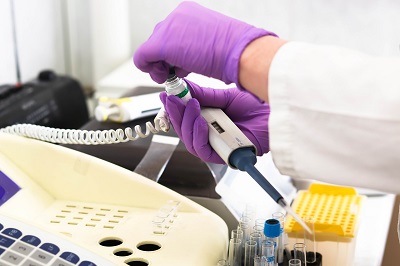You need to prepare and submit the following documents as part of your application:
a. Application Form (MD-C2):
Complete the MD-C2 form, which is the official application for registration.
b. Device Description and Technical Specifications:
A detailed description of the medical device, including its intended use, design, materials, and specifications.
c. Conformity Assessment Evidence:
Proof that the device conforms to international standards such as:
- CE marking under the European Medical Devices Directive (MDD/MDR)
- US FDA approval
- ISO 13485 certification (or an equivalent quality management system certification)
- Test reports and certification from a recognized third-party body (e.g., a notified body).
d. Essential Principles Checklist:
A checklist demonstrating that your device complies with all relevant safety and performance requirements.
e. Risk Management Report:
A risk management report based on ISO 14971 or equivalent, outlining the risks associated with the device and how they are mitigated during design and manufacturing.
f. Clinical Evidence:
Data from clinical trials or evaluations demonstrating the safety, efficacy, and performance of the device in its intended use.
g. Post-Market Surveillance Plan:
A plan for monitoring the safety and performance of the device after it is placed on the market. This should include procedures for identifying and reporting adverse events.
h. Manufacturer’s Information:
Information about the manufacturer, including company details, the manufacturing facility, and proof of compliance with regulatory standards (e.g., ISO 13485).
i. Labeling and Instructions for Use:
Provide product labeling and user manuals. These should include:
- The intended purpose of the device
- Instructions for use
- Warnings and precautions
- Any contraindications or side effects
j. Declaration of Conformity:
A signed declaration stating that the device meets all applicable regulatory requirements and conforms to the Essential Principles of Safety and Performance.
k. Authorized Local Representative (if applicable):
If you are an overseas manufacturer, you need to appoint a local authorized representative in Hong Kong. This representative will serve as the point of contact for regulatory matters.
.png)
.jpg)

.png)

.png)